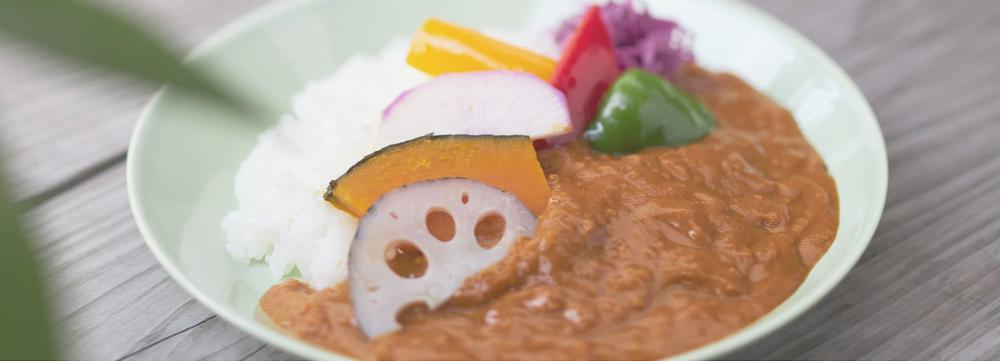
Enjoying the Spirit of the Past
Experience Japan Heritage “Step Back into Japan's Middle Ages”!
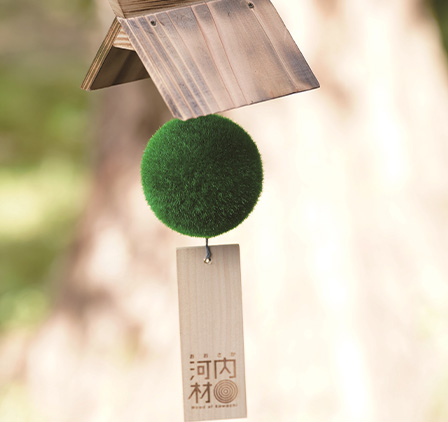
Miniature Sugidama-Making Workshop
A sugidama is a traditional decorative ball made from Sugi leaves, hung at the entrances of sake breweries. As the sugi leaves change from green to brown, they symbolize the maturation of the sake. Every November, sugidama crafted from Osaka-Kawachi-Zai are displayed along Sakagura-dori (Sake Brewery Avenue), home to Saijo Partnership Limited (Amanosake), the city's only sake brewery.
At Kinkonkan (General Forestry Center) in Kawachinagano, visitors can participate in a hands-on woodworking experience by crafting a miniature sugidama (replica). Complete with a roof made from Osaka-Kawachi-Zai*!
*Osaka-Kawachi-Zai (wood brand)
Sugi and Hinoki are predominantly cultivated in the Minamikawachi area.
Timber produced in this region is branded as Osaka-Kawachi-Zai.
Osaka-Kawachi-Zai is highly regarded for its superior qualities: straight, uniform grain; nearly perfectly circular cross-sections; dense, evenly spaced growth rings; exceptional durability; a fine, smooth texture; and a delicate pinkish hue.
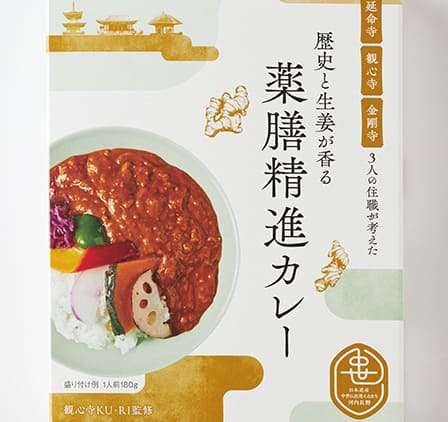
Taste of History with Ginger Aroma: Yakuzen Shojin Curry (Vegan curry)
This distinctive curry was inspired by the head monks of Kawachinagano's three renowned temples—Kanshinji, Kongoji, and Enmeiji.
This curry has been crafted into a convenient retort pouch meal under the guidance of KU-RI, a renowned restaurant specializing in creative vegan cuisine. Located in the repurposed kitchen (kuri) of Makimoto-in, a former sub-temple of Kanshinji.
At Kanshinji KU-RI, all dishes follow the strict dietary rules of Koyasan's monastic tradition, avoiding meat, fish, and goshin (the five pungent roots): garlic, chives, scallions, shallots, and onions. This Shojin Curry upholds those principles, featuring a flavorful keema-style curry made with soy meat and free of any goshin (the five pungent roots): garlic, chives, scallions, shallots, and onions.
For an even richer experience, pair this curry with Nanko Meshi, the roasted brown rice dish attributed to Masashige Kusunoki!
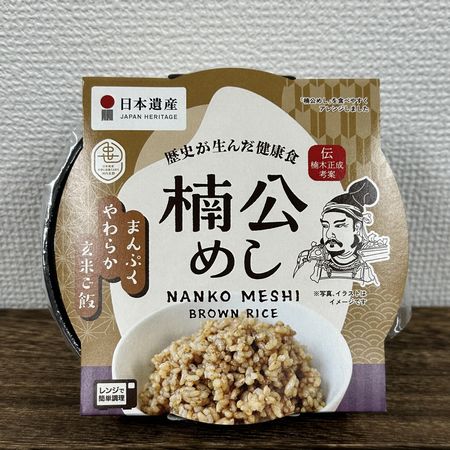
Nanko Meshi
Nanko Meshi refers to a type of rice made by cooking roasted brown rice with ample water to create a moist and flavorful dish.
The term Nanko refers to Masashige Kusunoki, a celebrated samurai who played a pivotal role in Japanese history during the late 12th to early 13th centuries. In Kawachinagano City, he is affectionately known as Nanko-san. The term meshi means “cooked rice.” It is said that samurai of the time preferred brown rice as their staple food.
Masashige Kusunoki is believed to have created Nanko Meshi during his battles against the Kamakura shogunate and other adversaries as a practical solution to maximize the use of his scarce brown rice supplies.
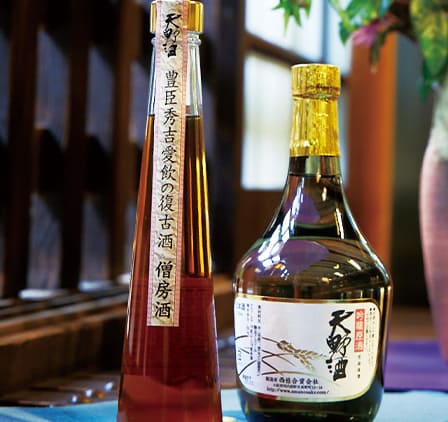
Amanosake
Between the 14th and 16th centuries, sake brewing was a cornerstone of temple economies. Among the most distinguished was the sake brewed at Kongoji Temple, known as Amano, which gained fame as a representative product of Kawachi Province. In the late 16th century, Hideyoshi Toyotomi was so moved by the quality of Amano Sake that he sent a letter of gratitude to Kongoji Temple—a historical treasure still preserved there today.
Saijo Partnership Limited (Amanosake), the sole sake brewery in the city, has revived Soboshu using techniques described in a historical sake brewing manual from medieval Japan, making this traditional brew available for modern enjoyment. Soboshu refers to sake traditionally brewed in temples. Visitors to the brewery can also view a large earthenware jar excavated from the Kongoji Temple site. This jar, dating back to medieval times, was actually used for brewing sake.
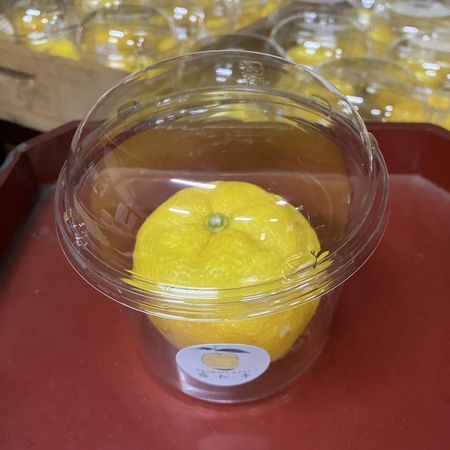
Yuzumiso
Yuzumiso is a traditional preparation made by finely chopping the pulp of yuzu citrus and mixing it with white miso, then stuffing the mixture back into the hollowed-out yuzu peel. This recipe is said to have been taught by Kobo Daishi Kukai (774–835) during a visit to Seisho-ji Temple. Yuzumiso is believed to have medicinal properties and is traditionally eaten on Toji (the winter solstice, around December 21) to ward off various illnesses. For this reason on December 21, the day of Shimai Kobo, a limited number of these offerings are distributed to visitors as part of the temple's customs.
The 21st of each month marks the monthly memorial day for Kobo Daishi Kukai. The term Shimai means “final,” referring to the last month of the year (December), while Kobo signifies Kobo Daishi Kukai.
Copyright©Kawachinagano City. All Rights Reserved

